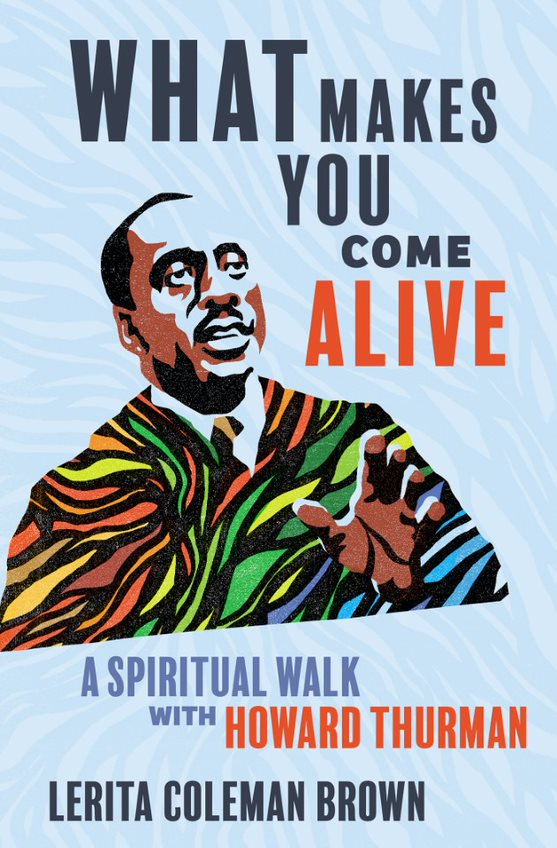Sometimes leaders are the first one to reach the top of the mountain. Sometimes we lead without ever leaving the ground.
A few months ago, I participated in an Outward Bound program in the North Carolina mountains. This was a rigorous, comfort-zone stretching wilderness retreat in which city-folk like me are given a 65-pound backpack and marched into the forest by capable guides. These not only know the trails like the back of their hand. They also help participants reflect on how the team building, problem solving and risk taking in the wilderness (and the conflict and confusion that arise) apply to their family, work and personal lives.
On the night before we rock climbed we received mixed signals from the guides about which shoes to wear. One guide told us to wear our boots. Another encouraged us to wear our running shoes. Looking back I wonder if the confusion was intentional. Our group of nineteen clergy was a bit anxious because we were all looking for anything that would give us an edge over the gray, faceless, stone wall awaiting us. We all professed to believe that with faith as small as a mustard seed you can say to a mountain, “Move from here to there” and it will move. But we all really believed that if only we had the right shoes we could make it to the top.
At first, rock climbing seemed like a good metaphor for leadership. We put on our safety gear in order to overcome this daunting challenge. We set our minds to persevere and looked for hand holds and foot holds to push our bodies toward the top of the rock. We overcome obstacles. We climb to the top while everyone on the ground cheers us along. We reach the summit, turn around and make a “V” sign with our fingers to indicate that we’ve cleared the way.
That’s what leaders do, right?
What I learned that day had less to do with the journey to the top, and more to do with the view from the ground. Rock climbing has extraordinary built in safety measures. In our case, the person climbing the rock was supported by a team of three people who never left the ground. The person at the end of the rope made sure the rope didn’t get in anyone’s way. The person in the middle of the rope made sure there was just enough slack in the line, but not too much. The first person almost literally held the climber’s life in her hands.
The person in the first position is called the belayer. And if you ask me, belaying is leadership at its best.
The climber’s rope was threaded through a loop on the belayer’s waist and then through a locking mechanism to prevent the rope from giving way if the climber lost his grip and fell. Every time the climber moved up, the belayer pulled on the rope, which activated the locking mechanism to allow her time to readjust her hands in preparation for the climber’s next upward thrust. I asked our guide, Dave, what the term meant. Dave told me belaying, a French word, meant “their life is in your hands.” It actually means “safety”, but when you’re hanging by your fingertips it means what Dave says it means.
Belaying was an exercise in concentration and hope, and reflected as much, if not more, of the character of leadership as climbing the rock. One needed to pay careful attention to the movements of the climber. Do they have enough rope? Do they have too much? Belayers play an important role for the climber. They encourage the climber to keep going or help them locate hand holds. When a climber slips, as all of us did, the belayer keeps a fall from being fatal.
In the end, the belayer’s power is limited. A belayer cannot actually pull the climber up the mountain. The climber must participate in the process. One cannot do for the climber what the climber must do for themselves. No enabling allowed.
What if our paradigms for leadership formation not only trained rock climbers, but also belayers? Leadership is always ultimately for others. The person who simply wants to get to the top may in fact not be much of a leader at all. The person who thrives on creative partnerships that enable others to soar is one who can be trusted with the lives of others.
I won’t say that it wasn’t exhilarating to climb to the rock, but I will say that I learned more the ground holding the life of someone else in my hands than I did celebrating at the summit.
Prince Raney Rivers is pastor of United Metropolitan Missionary Baptist Church in Winston-Salem, NC.







